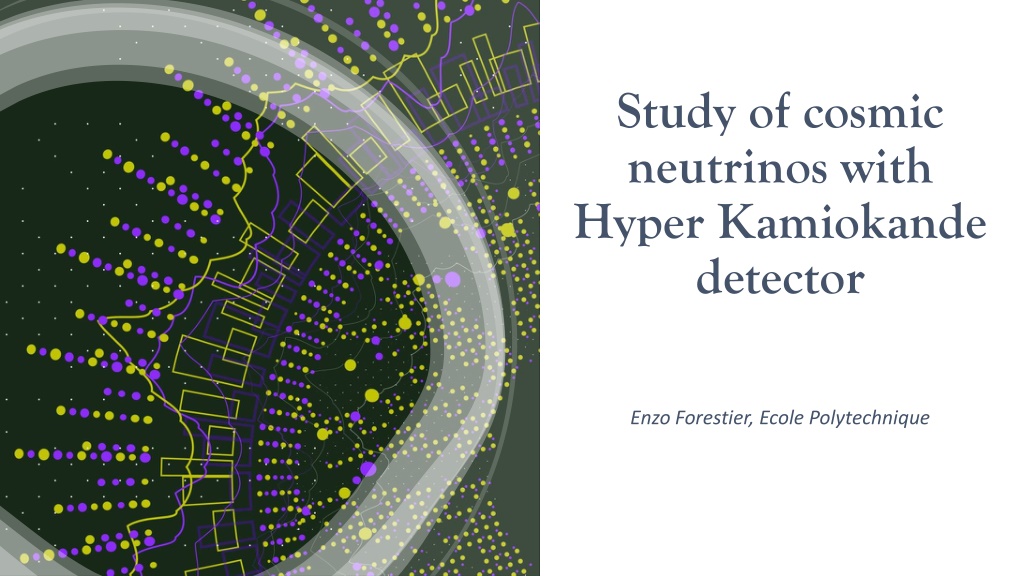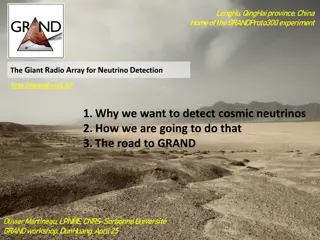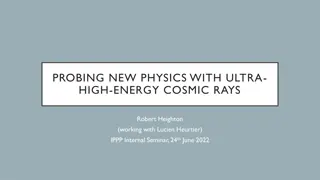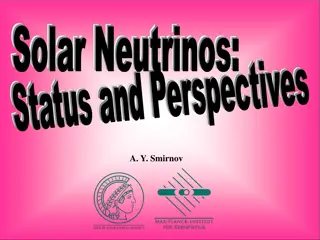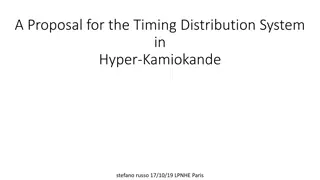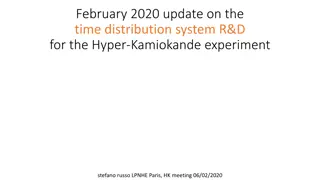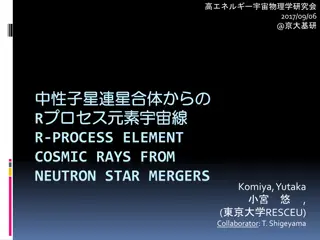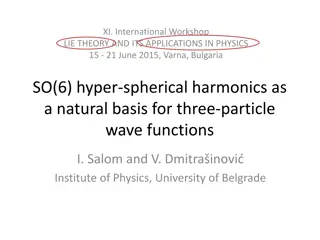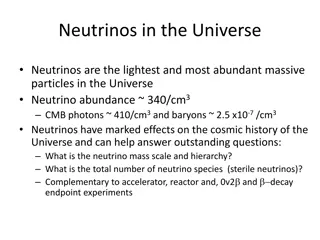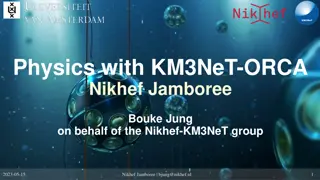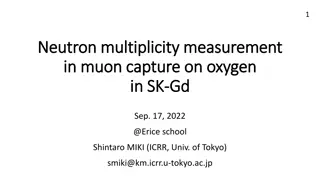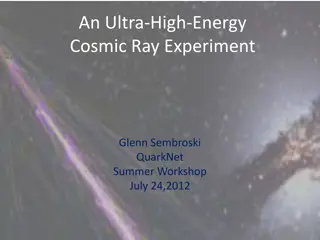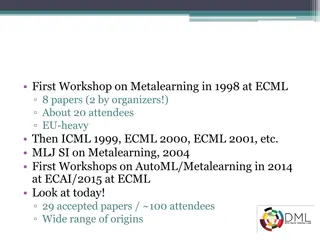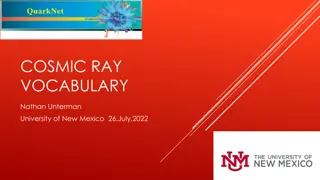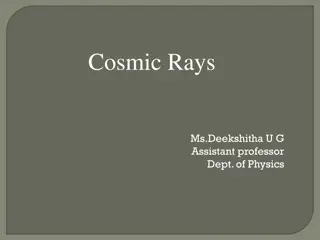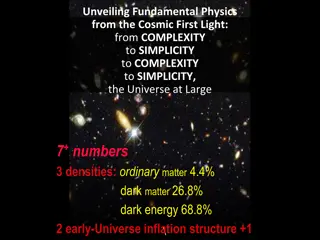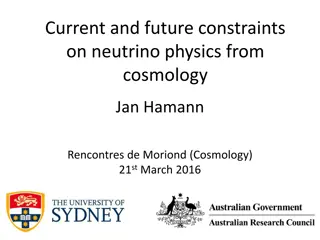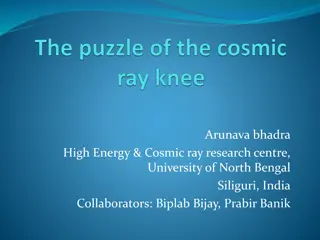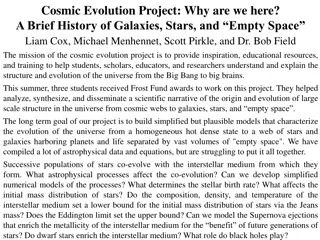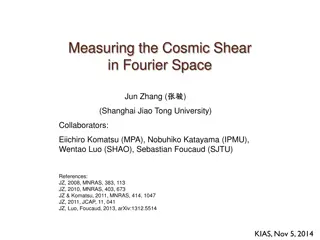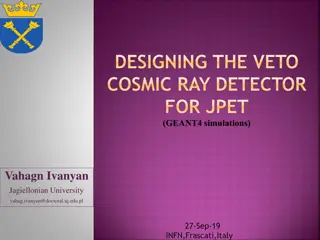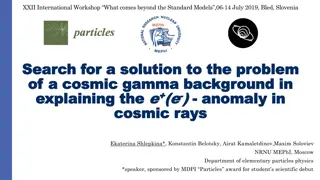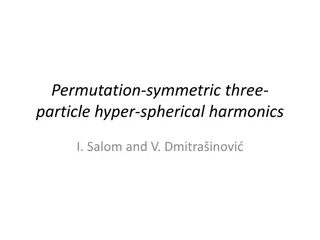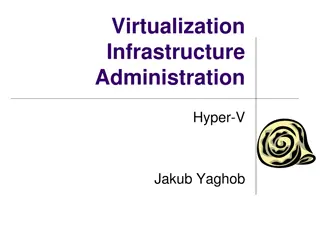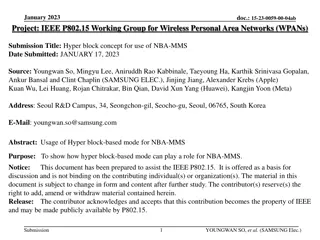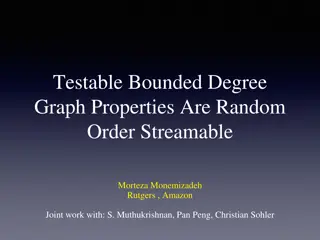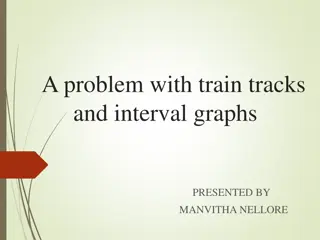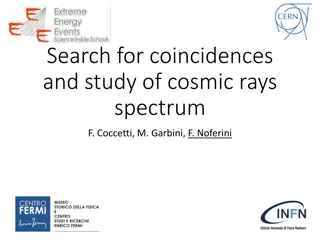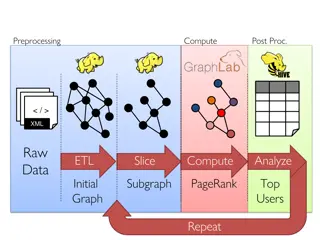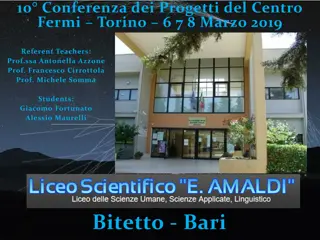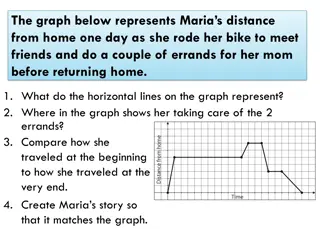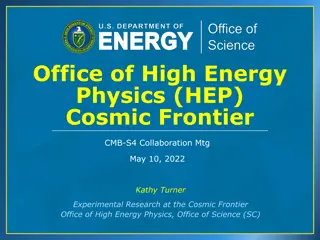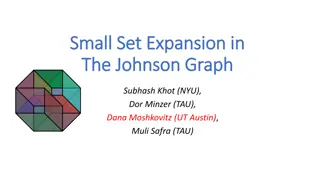Exploration of Cosmic Neutrinos with Hyper-Kamiokande and Graph Analysis
Delve into the study of cosmic neutrinos with the Hyper-Kamiokande detector at Ecole Polytechnique. Enzo Forestier, a motivated student, combines his passion for physics, space science, and meteorology with Japanese language skills. Through research projects ranging from rocket engines to satellite mission simulations, he is building a foundation for a career bridging climate science and space exploration. An internship at UT equips him with machine learning expertise to detect solar neutrinos. Enzo's innovative approach includes developing a dynamic graph analysis method to filter signal from noise, where agents simulate wealth circulation to reveal patterns. The ultimate goal is to utilize a Graph Neural Network (GNN) to reconstruct neutrino event vertices from detected signals.
Download Presentation

Please find below an Image/Link to download the presentation.
The content on the website is provided AS IS for your information and personal use only. It may not be sold, licensed, or shared on other websites without obtaining consent from the author. Download presentation by click this link. If you encounter any issues during the download, it is possible that the publisher has removed the file from their server.
E N D
Presentation Transcript
Study of cosmic neutrinos with Hyper Kamiokande detector Enzo Forestier, Ecole Polytechnique
Personal introduction 3 year student in Polytechnique engineering school Studied physics, space science and meteorology, and japanese ! Student research projects : building rocket engines, implementing a complete simulator for a satellite mission
Personal introduction Flaming interest for both climate and space Career plan: studying global warming, and working on fluid dynamics for the simulation of the atmosphere
internship in UT discovering machine learning, acquire valuable coding skills study the detection of solar neutrinos with machine learning in Hyper-Kamiokande
Realisations Built a dynamic graph- analysis method to filter neutrinos signal from noise
Realisations : graph analysis Agents circulate in the graph and propagate wealth Circulation from node to node is probabilistic P3 P3 P2 P2 P1 P1
After a certain number of epochs, agents circulation makes signal patterns emerge from noise The most visited points gain a greater wealth
Realisations Currently building a GNN that aims at reconstructing the vertex of a neutrino event from the detected signal
Vertex reconstruction Model : Graph Analysis with GNN Graph Input 3D VECTOR GRAPH CONVOLUTION RECONSTRUCTION LAYERS Current results : ~10m accuracy, for ~2m accuracy in pre-existing models But it is just the beginning of the project, enhanced versions coming soon !
